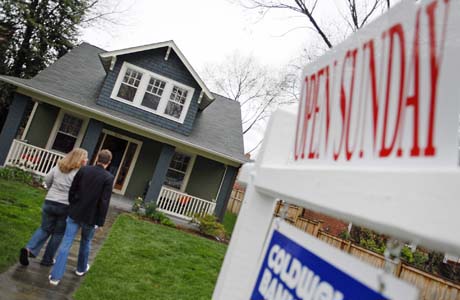VIP’s in West Van has won a Chinese Dish award
Mia Sta
Sun

Chef Ying Huan Lin with dishes from his VIP’s Kitchen restaurant. The award-winning grilled clams are on the table in front. Photo by Photograph by: Ian Lindsay, Vancouver Sun
VIP’S KITCHEN
1487 Marine Dr., West Vancouver. 604-925-1811.
– – –
Since it’s the week of Chinese New Year, I thought I’d try VIP’s Kitchen, one of the restaurants that won a Signature Chinese Dish Award earlier this month. It’s in my neighbourhood, and why not join the Very Important Person customers? Former B.C. lieutenant governor David Lam apparently is one of them, as well as celebrities from the Hong Kong entertainment industry.
Ying Huan Lin has been operating in this Ambleside location for the past seven years and specializes in Chiuchow cuisine, noted for its lightness and emphasis on seafood.
It is VIP’s grilled clams that won in the Clams category. These are steamed and accompanied by a very light Chiuchow fish sauce. Since clams have such a delicate flavour, it’s a much better approach than drowning out its flavour with heavier sauces.
“I am from Chiuchow,” says owner/chef Ying Huan Lin. “We use lot of seafood and flavour is very clear and pure. I don’t like to marinate too much. I like flavour mostly from ingredients. Keep original flavour.” He says customers come in from all parts of Metro Vancouver for the Chiuchow cuisine but says the West Vancouver market is different from Vancouver restaurants he’s worked in. “In Vancouver, on holidays, people go to restaurants. In West Vancouver, everyone goes out of town,” he says.
Another light dish is the tofu blended with prawns and deepfried. It came with an assertive chili sauce. A Chiuchow classic is oyster omelette which I found rather heavily fried in the wok. A beef dish with satay was unremarkable and soya duck needed a little more soy.
It seemed to me the strength is in the seafood here. Lin, a cheerful man, goes to Chinatown daily to shop for the restaurant (the restaurant is open seven days a week for lunch and dinner and he’s there every day).
© Copyright (c) The Vancouver Sun




